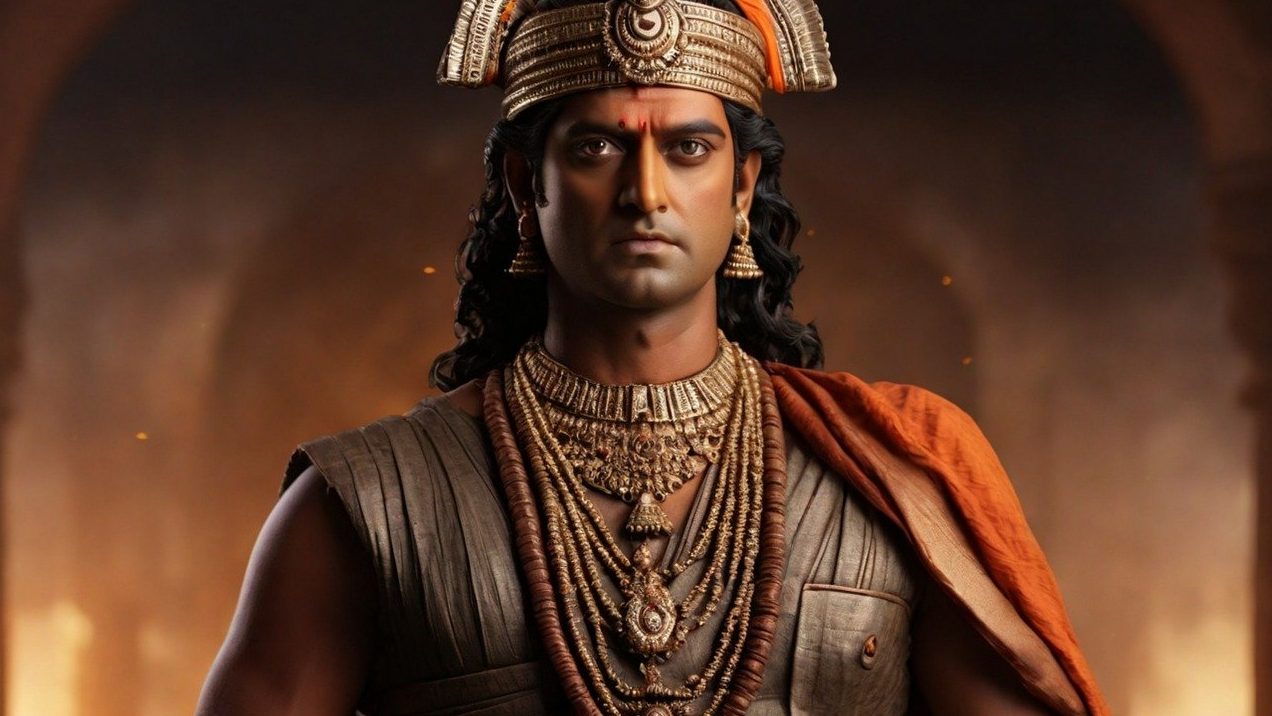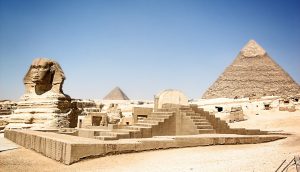India’s present has been shaped by the past. India’s future is defined by the present. Within the rich tapestry of our culture, an indelible mark on history is the profound contribution of a wide spectrum of philosophers, thinkers, kings, emperors, scientists, poets, dramatists, writers, and most importantly the masses or the common people. The land between the Himalayas and the sea, as described by the Westerners, has in its history unprecedented milestones. Great personalities have shaped our geographical, linguistic, cultural, political, religious, and social spheres with critical thinking, creative execution, and visionary evolution.

One such legacy has been left behind by Emperor Ashoka, an iconic ruler and revolutionist, whose ruling impact even shapes today’s India. Ascended to power around 268 BCE, Emperor Ashoka was the third ruler of the Mauryan Empire, who ruled for 37 years. His reign marked political expansion, religious transformation, and cultural diffusion.
A well-celebrated legacy of Ashoka is his efforts in political expansion and consolidation. His reign marked stability and thus gave an impetus to development and territorial expansion. His military campaign actualized the spread of the empire’s borders which marked up to the current day Afghanistan and Bangladesh. Efficient bureaucratic systems and a network of roads were two key developments that sustained and marked the success of governance and trade within the empire.
Ashoka showed humanistic approaches to his power thus religious tolerance, a key proponent of current-day freedom and liberty, was a celebrated concept during his reign. He stood for Dharma, a philosophy of moral righteousness and social harmony. A remarkable legacy is his implementation of edicts and governance. Edicts were inscribed on pillars and rocks throughout the empire which were written in various languages. The edicts written in Brahmi script, disseminated Ashoka’s policies, moral principles, and religious tolerance. This profound legacy is well defined in our constitution, taught to us by Swami Vivekananda and Mahatma Gandhi, and has inspired many hearts and minds.
Ashoka, a proponent of Buddhism, was a pioneer in the spread of religion during his reign. From Brahmanism to Buddhism was the result of deep transformation in his personal beliefs and the official state religion. The impact on Indian society, after the Kalinga War, can be observed in the establishment of Monastic institutions and Stupas. Ashoka became the patron of Buddhism and witnessed the spread of religion in India and across Asia.
The Mauryan Empire promoted cultural diffusion and exchange and thus became a crucible of cultural exchange, where traditions, languages, cultures, and artistic styles were celebrated by the people. Buddhist art and architecture gloriously manifested in the Great Stupa at Sanchi and the rock-cut at Ajanta and Ellora, are just a few among the many artistic works of his reign. The contact with Hellenistic cultures through trade and diplomacy is penned in the fusion of Indian and Greco-Roman Artistic motifs, as evident in the Gandhara and Mathura schools of art.
Emperor Ashoka is remembered for his emphasis on ethical governance, religious tolerance and social welfare which formed a trajectory of growth and refinement in the subsequent years of his reign. The political system and governance of today trace back to the reign of Ashoka, with a non-negotiable philosophy of ethical governance for the welfare of citizens. The Silk Road trade routes that connected Asia and Europe are the fruit of cultural openness and exchange. He is known for his benevolence, patronage of Buddhism, who resonates in the hearts of many Indians. Religious pluralism, an articulated reality of India is his hard work. He remains an icon for development, prosperity and vision.
ARTICLE BY – WILLIAM SANTOSH | EDITED BY – SAHIL HARVANI



